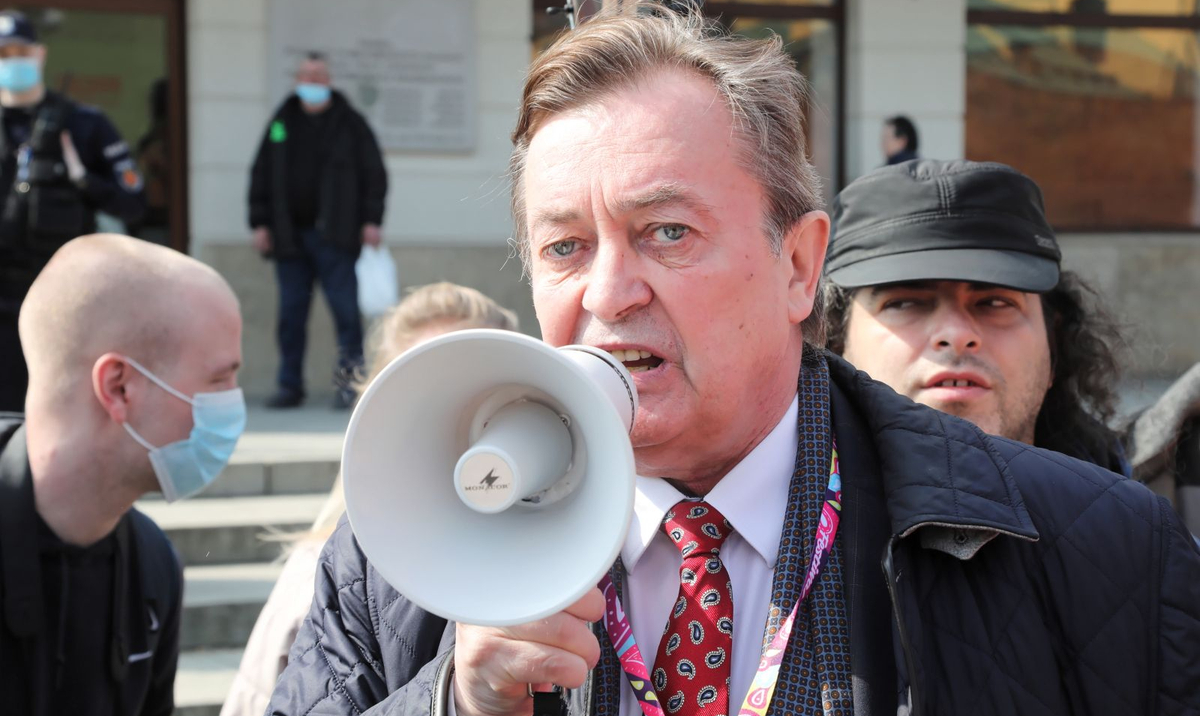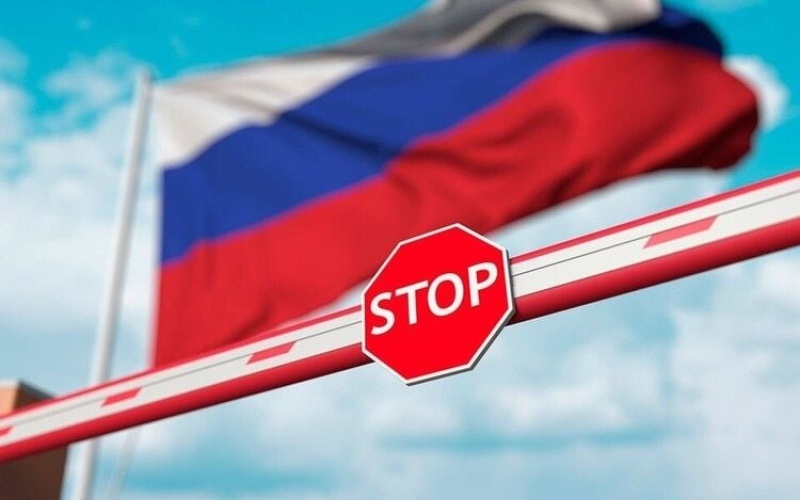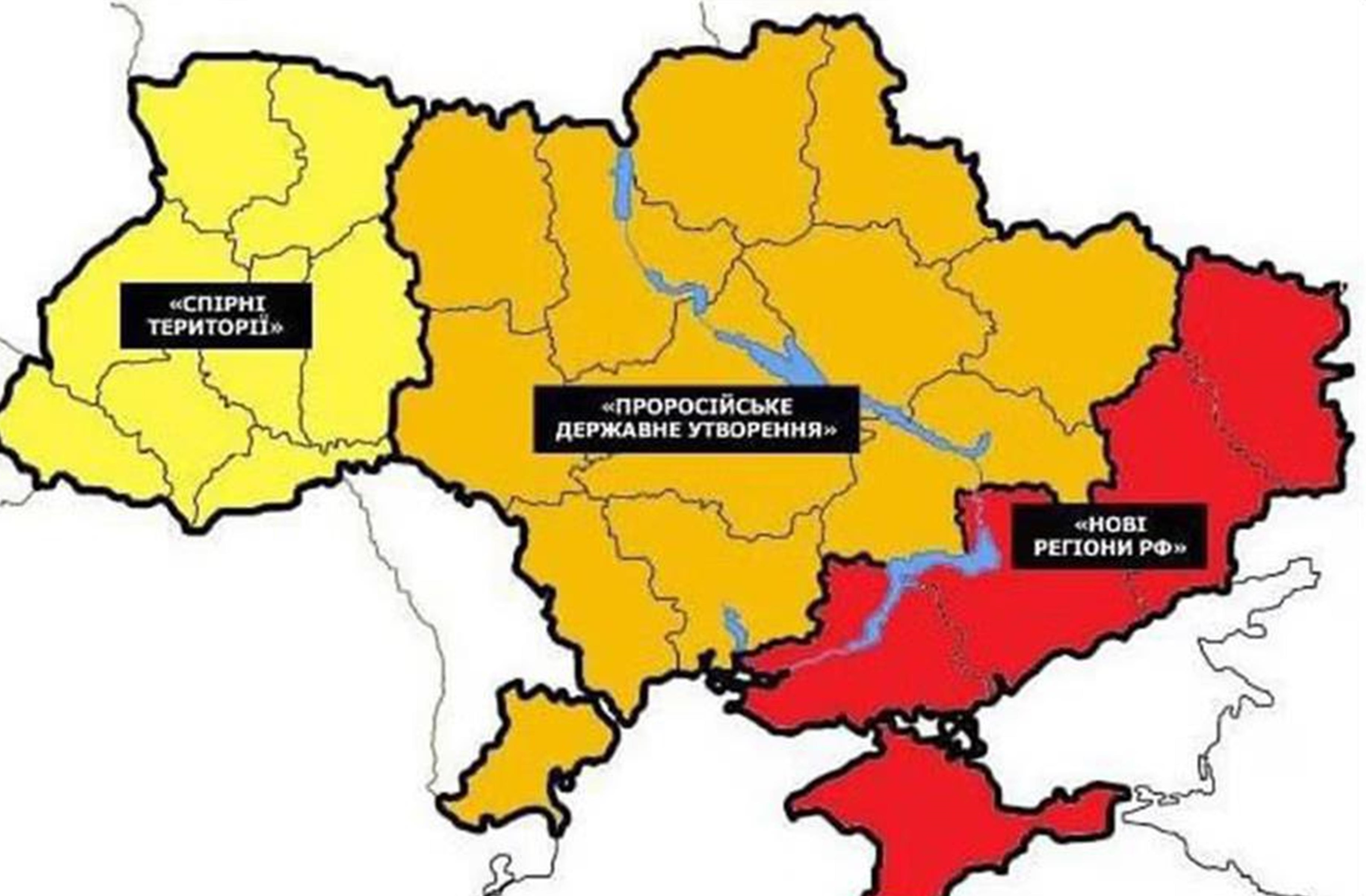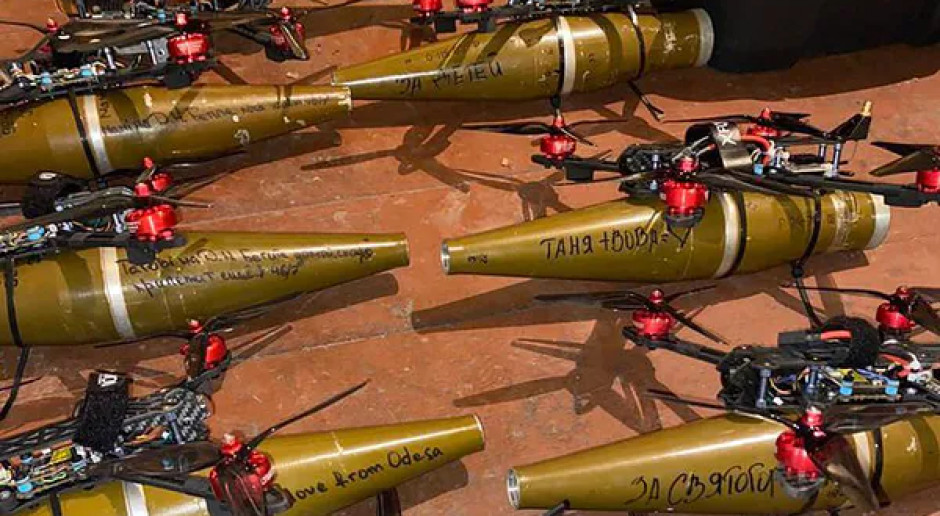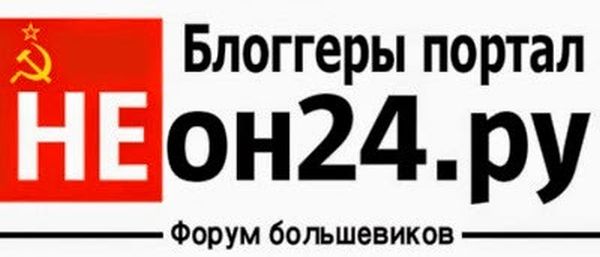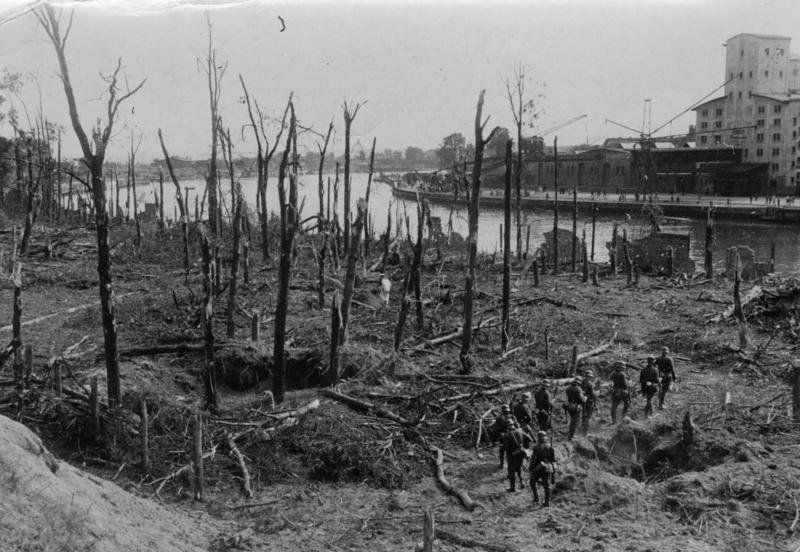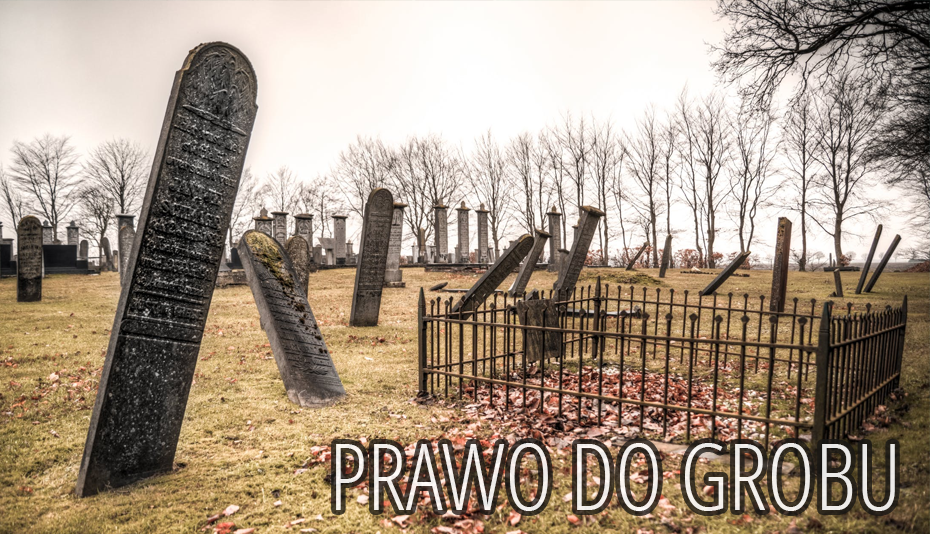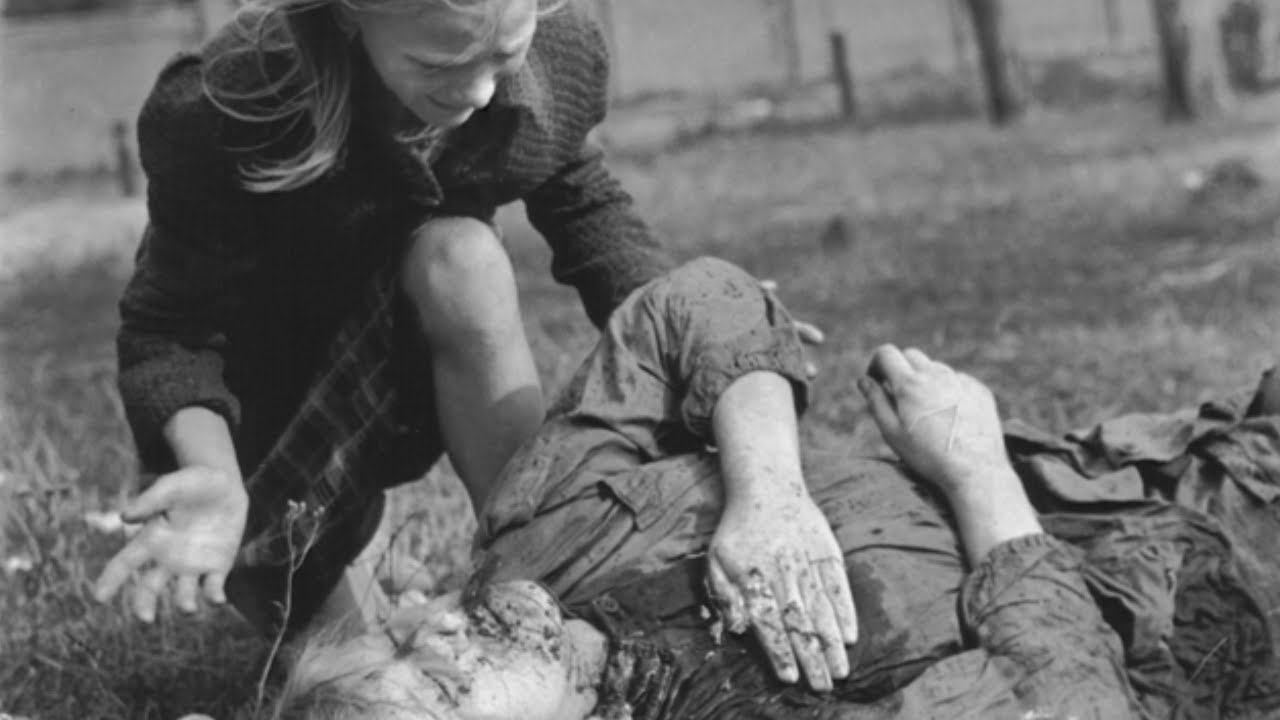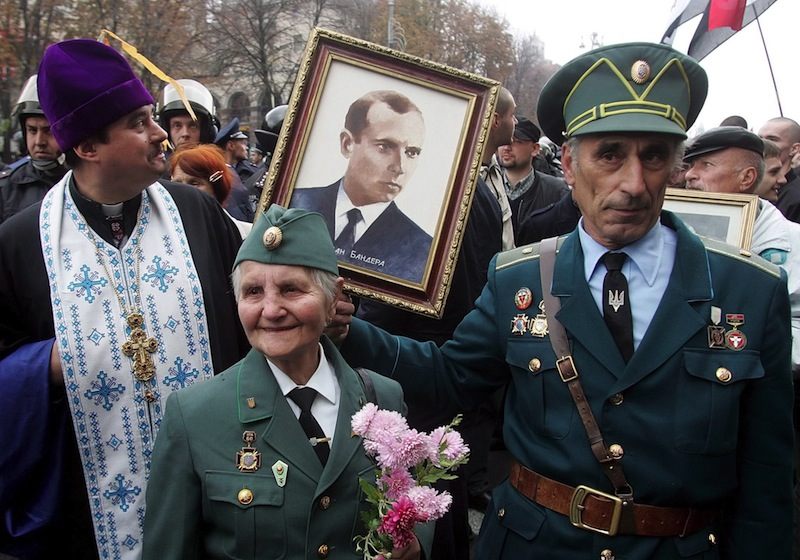-
Bohaterstwo, które podziwiał świat. „W..
POLSKA2 lata temu -
Neon24 – ruska V kolumna
POLSKA3 lata temu -
Nowe osoby w Zarządzie Amiblu
BIZNES3 lata temu -
Mechanizm warunkowości – krok ku Homo Eu..
POLSKA3 lata temu -
Wściekłe i wulgarne „Lemparcice” ..
POLSKA4 lata temu -
Rolnicze poparcie dla prezesa Elewarru – ..
NEWS4 lata temu
Katyń: Polish-American Event at the U.S. Capitol

After more than 60 years of secrecy the Chief Archivist of the United States will present results of proactive search and declassification of Katyn-related documentation in the possession of various agencies of the United States Government.
Polish-American Event at the U.S. Capitol
You are cordially invited to a special conference announcing the
Release of the Newly-Declassified Collection of Katyn Documents
by
the U.S. National Archives and Records Administration
September 10, 2012, 3:00 PM
at
The United States Capitol Building
Congressional Meeting Room North, Washington, DC
Free and open to the public
*Please bring photo identification*
Based on the demand of the Polish-American Communities in the United States, the National Archives and Records Administration undertook the Katyn Project.
After more than 60 years of secrecy the Chief Archivist of the United States will present results of proactive search and declassification of Katyn-related documentation in the possession of various agencies of the United States Government.
Congress Representatives and Senators will be among the speakers.
The disclosure by the US National Archives and Records Administration of newly-declassified documentation related to the Katyn Crime will expand our knowledge of the scope and circumstances of the Katyn Hecatomb in the context of World War II. It will contribute to the development of preventive mechanisms against grave international crimes.
Enter through the U.S. Capitol Visitor Center, U.S. Capitol East Capitol St NE & First St, DC 20004 (Metro – Capitol South Metro Station), tel.: (202) 226-8000; http://www.visitthecapitol.gov/
Further details at: http://cfa.lmu.edu/Page27600.aspx
Central Intelligence Agency
The Katyn Controversy: Stalin’s Killing Field
One of the earliest–and certainly the most infamous–mass shootings of prisoners of war during World War II did not occur in the heat of battle but was a cold-blooded act of political murder. The victims were Polish officers, soldiers, and civilians captured by the Red Army after it invaded eastern Poland in September 1939. Strictly speaking, even the Polish servicemen were not POWs. The USSR had not declared war, and the Polish commander in chief had ordered his troops not to engage Soviet forces. But there was little the Poles could do. On 28 September, the USSR and Nazi Germany, allied since August, partitioned and then dissolved the Polish state. They then began implementing parallel policies of suppressing all resistance and destroying the Polish elite in their respective areas. The NKVD and the Gestapo coordinated their actions on many issues, including prisoner exchanges. At Brest Litovsk, Soviet and German commanders held a joint victory parade before German forces withdrew westward behind a new demarcation line. 1
Official records, opened in 1990 when glasnost was still in vogue, show that Stalin had every intention of treating the Poles as political prisoners. Just two days after the invasion began on 17 September, the NKVD created a Directorate of Prisoners of War. 2 It took custody of Polish prisoners from the Army and began organizing a network of reception centers and transfer camps and arranging rail transport to the western USSR. Once there, the Poles were placed in "special" (concentration) camps, where, from October to February, they were subjected to lengthy interrogations and constant political agitation. The camps were at Kozelsk, Starobelsk, and Ostashkov, all three located on the grounds of former Orthodox monasteries converted into prisons. The NKVD dispatched one of its rising stars, Maj. Vassili Zarubin, to Kozelsk, where most of the officers were kept, to conduct interviews. Zarubin presented himself to the Poles as a charming, sympathetic, and cultured Soviet official, which led many prisoners into sharing confidences that would cost them their lives. 3
The considerable logistic effort required to handle the prisoners coincided with the USSR’s disastrous 105-day war against Finland. The Finns inflicted 200,000 casualties on the Red Army and destroyed tons of materiel–and much of Russia’s military reputation. That war, like the assault on Poland, was a direct result of Stalin’s nonaggression pact with Hitler.
The Soviet dictator offered Helsinki "remarkably moderate terms," in the words of British military historian Liddell Hart, taking only territory needed to defend the land, sea, and air approaches to Leningrad. 4 The difference between Stalin’s treatment of Finland and Poland underscored his imperial ambitions toward the latter. Moscow and Helsinki even exchanged prisoners once hostilities had ceased. (Stalin, however, dealt harshly with his own soldiers who had been in Finnish captivity. At least 5,000 repatriated troops simply disappeared from an NKVD prison and were presumably executed. 5)
Stalin was anxious to settle with Finland so he could turn his attention to Poland and the Baltic countries, which the Red Army would soon occupy and the NKVD would "pacify" using terror, deportations, and executions. Militarily, the war was over by late February, though a peace agreement was not signed until March. NKVD interrogations were completed about the same time. The Poles were encouraged to believe they would be released, but the interviews were in effect a selection process to determine who would live and who would die. On 5 March 1940, Stalin signed their death warrant–an NKVD order condemning 21,857 prisoners to "the supreme penalty: shooting." They had been condemned as "hardened and uncompromising enemies of Soviet authority." 6
See all of the text: The Katyn Controversy: Stalin’s Killing Field:
Niezależny wędrownik po necie, czasem komentujący... -- Ekstraktem komunizmu i jego naturą, tak samo jak naturą kaądego komunisty i lewaka są: nienawiść, mord, rabunek, okrucieństwo i donos... Serendipity — the faculty or phenomenon of finding valuable or agreeable things not sought for...




